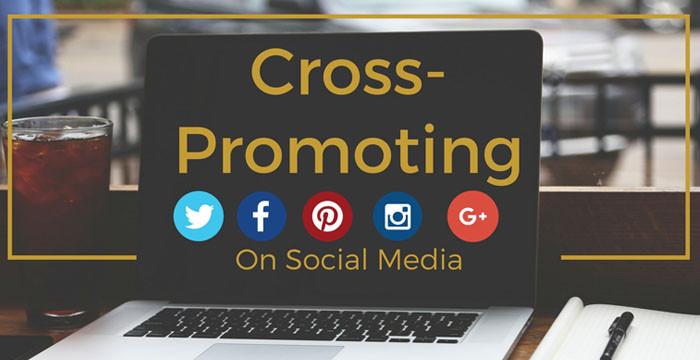Table of Content
- Understanding Platform-Specific Content
- Creating Unique and Engaging Content for Each Platform
- Posting at Optimal Times for Maximum Engagement
- Leveraging Influencer Marketing for Greater Reach
- Encouraging Multi-Platform User Participation
- Tracking Analytics and Optimizing Strategies
- Conclusion
- SOURCES
Cross-promotion is one of the most effective strategies for increasing activity and visibility on social media. Information is most useful when it is filtered appropriately and shared strategically. This enhances exposure, traffic, and brand recognition for marketers and content creators.
The following methods of social media cross-promotion are the most practical for generating audience engagement and increasing conversion rates.
Understanding Platform-Specific Content

Each social media platform has a unique audience and serves a distinct purpose. Successful cross-promotion requires tailoring content to the specific characteristics of each platform. Research indicates that 76% of consumers expect content that is specifically crafted for them, as highlighted by Sprout Social.
TikTok and Instagram rely on limitless short videos and visual storytelling. Professional networking, project information, and volunteering possibilities are best on LinkedIn and Facebook. YouTube dominates long-form instructive and educational videos, whereas Twitter (X) excels at real-time interactions and updates.
Creating Unique and Engaging Content for Each Platform
Cross-promotion is essential for brand growth, but simply sharing identical posts across all platforms is ineffective. Instead, adapting and restructuring content for each social media channel ensures higher engagement and visibility.
Rather than posting the same content everywhere, modifying posts to fit each platform’s style makes them more effective. Twitter’s format works best for text-based conversations, while LinkedIn benefits from in-depth discussions. Key takeaways from long-form content can be transformed into infographics for Pinterest.
Posting at Optimal Times for Maximum Engagement
Maintaining a publishing schedule boosts audience engagement. In 2023, Hootsuite found the ideal times to publish across platforms.
Facebook and Instagram are most active on Tuesdays and Thursdays from 11 A.M. to 1 P.M. and 7 P.M. to 9 P.M. New Twitter and LinkedIn accounts should publish Mondays 8–10 A.M. TikTok posts best on Saturdays and alternating Fridays from 6 to 10 p.m. YouTube videos do best on Fridays and Saturdays from 5 to 8 p.m.
Social media management platforms like Streamoz, Hootsuite, and Buffer help companies publish at ideal times for interaction and exposure.
Leveraging Influencer Marketing for Greater Reach

Influencer marketing significantly boosts audience engagement and conversion rates. Data from the Influencer Marketing Hub 2023 shows that influencer-sponsored marketing generates returns 11 times greater than traditional digital marketing.
To achieve maximum impact, brands should collaborate with micro-influencers who have engagement rates ranging from 25% to 50%. Micro-influencers often have highly engaged audiences that are more likely to trust recommendations.
Encouraging Multi-Platform User Participation

Strengthening brand engagement requires encouraging users to follow and interact across multiple platforms. One effective strategy is promoting brand ambassadors, as their advertisement recollection and retention improve overall audience engagement.
This can be done by displaying social media links on a brand’s website and content descriptions. Running multi-channel promotional campaigns, such as “Win by following us on Instagram and TikTok,” incentivizes audience participation.
Tracking Analytics and Optimizing Strategies
Monitoring analytics is essential for refining cross-promotional strategies. Tracking engagement and conversion rates allows brands to make informed decisions and adjust their content approach accordingly. According to TechToday, data-driven strategies improve social media return on investment by over 35%.
Key performance indicators include engagement rate, which measures likes, comments, shares, and saves. Reach and impressions indicate the number of users exposed to the content, while the click-through rate (CTR) measures the percentage of users who engage with links.
Conclusion
Effective cross-promotion on social media boosts brand engagement, traffic, and exposure. Understand platform-specific content, write unique pieces, plan content, employ influencer marketing, promote multi-platform interaction, and evaluate metrics for continuous improvement.
SOURCES
https://www.sprinklr.com/blog/cross-promote-social-media/
https://www.elegantthemes.com/blog/tips-tricks/5-ways-to-cross-promote-social-media-posts
https://www.indeed.com/career-advice/career-development/cross-promotion-ideas


